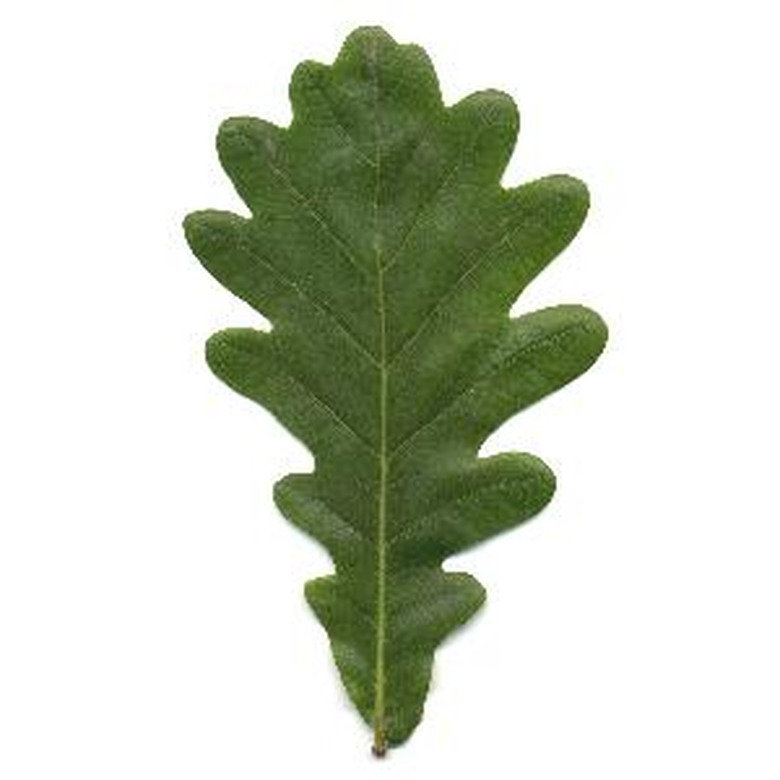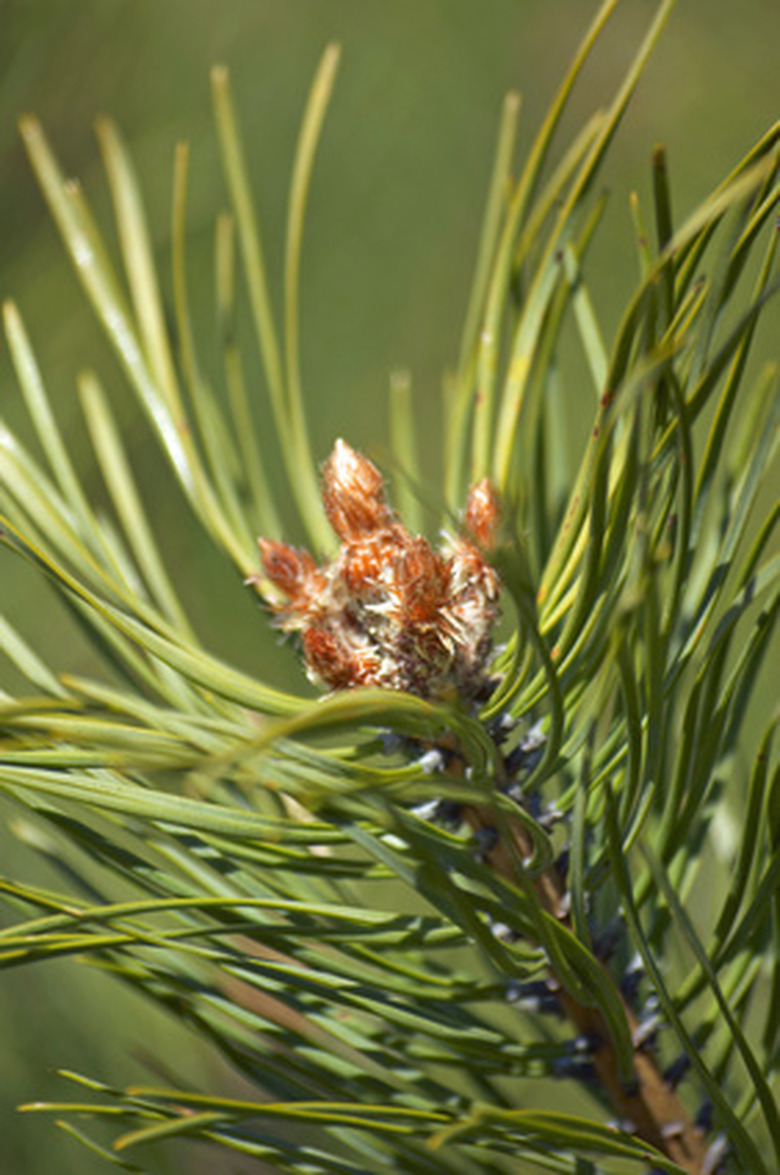Arkansas Leaf Identification
The 2011 slogan for the Arkansas state tourism bureau is "The Natural State," because the state is filled with diverse forested areas. Arkansas is the home of two major mountain ranges: the Ozarks in the Northern half of the state and the Ouachatas in the southwest. For naturalists looking to explore an document these areas, trees in Arkansas may be identified through the characteristics of their leaves.
Significance
Leaves are the primary means through which a tree makes food. The green leaves absorb energy through light. They use this energy to absorb carbon dioxide and create sugars and starches. Leaves also shed water through transpiration and sap through guttation as a means of pulling water from the roots. The basic structure of a leaf is the first indicator of its type. Large, flat leaves are characteristic of broadleaf trees. Thin, pointed leaves are known as needle leaves.
- The 2011 slogan for the Arkansas state tourism bureau is "The Natural State," because the state is filled with diverse forested areas.
- Leaves also shed water through transpiration and sap through guttation as a means of pulling water from the roots.
Types
Broadleaf type leaves are further subdivided by the way in which they join a tree. A single leaf on a leaf stem, which is known as a petole is known as a simple leaf. Compound leaves have multiple leaves on each petole. When multiple leaves occur on a single petole, they may either be spread out like a hand, which is known as palmate, or they may grow on opposite sides of the same petole, which is known as pinnate. Examples of trees with palmate leaves native to Arkansas include Ohio buckeye and red buckeye.
Features
Leaves that are pinnate may be large, or small and featherlike. When pinnate leaves are small and featherlike, they are said to be bi- or tri-pinnate compound leaves. The common honeylocust is a native Arkansas tree example of this. Larger leaves are known as simple pinnates. Leaves that are simple pinnates may be arranged opposite one another on a leaf petole, such as the white ash and green ash. Or the leaves may alternate from the same petole such as the water hickory, black walnut, pecan or butternut hickory.
- Broadleaf type leaves are further subdivided by the way in which they join a tree.
- Leaves that are simple pinnates may be arranged opposite one another on a leaf petole, such as the white ash and green ash.
Considerations
Broadleaf trees with simple leaves may also be arranged in alternate or opposite leaf arrangements. Examples of Native Arkansas leaves that are arranged opposite on a tree include silver maple, sugar maple, red maple, Northern catalpa, Southern catalpa and Eastern flowering dogwood. Trees with an alternate arrangement may be deciduous or evergreen. Evergreen broadleaf trees are not native, but are introduced to Arkansas as landscaping trees. These include Southern magnolia and live oaks.
Identification
Deciduous broadleaf trees native to Arkansas include Southern hackberry, black Tupelo, white Mulberry, sassafras, persimmon, willow oak, shingle oak, water oak, blackjack oak, Spanish oak, pin oak, shumard oak, scarlet oak, Northern red oak, swamp white oak, chinkapin oak, white oak, bur oak, post oak, sycamore, sweetgum, tuliptree, river birch, winged elm, basswood and Eastern redbud.
Misconceptions
Not all needle leaves are evergreen. Some trees with needles, such as bald cypress loose their needles seasonally. Evergreen needles are classified based on their length. Needles longer than two inches are classified based on whether they grow singly or in bundles on a tree. Shorter needles are classified based on whether they will roll easily between your fingers. For example, the Arkansas native loblolly pine has needles that are longer than two inches, which grow two or three needles per bundle.
- Broadleaf trees with simple leaves may also be arranged in alternate or opposite leaf arrangements.
- Some trees with needles, such as bald cypress loose their needles seasonally.
References
- "Biology;" John W. Kimball; 1994

